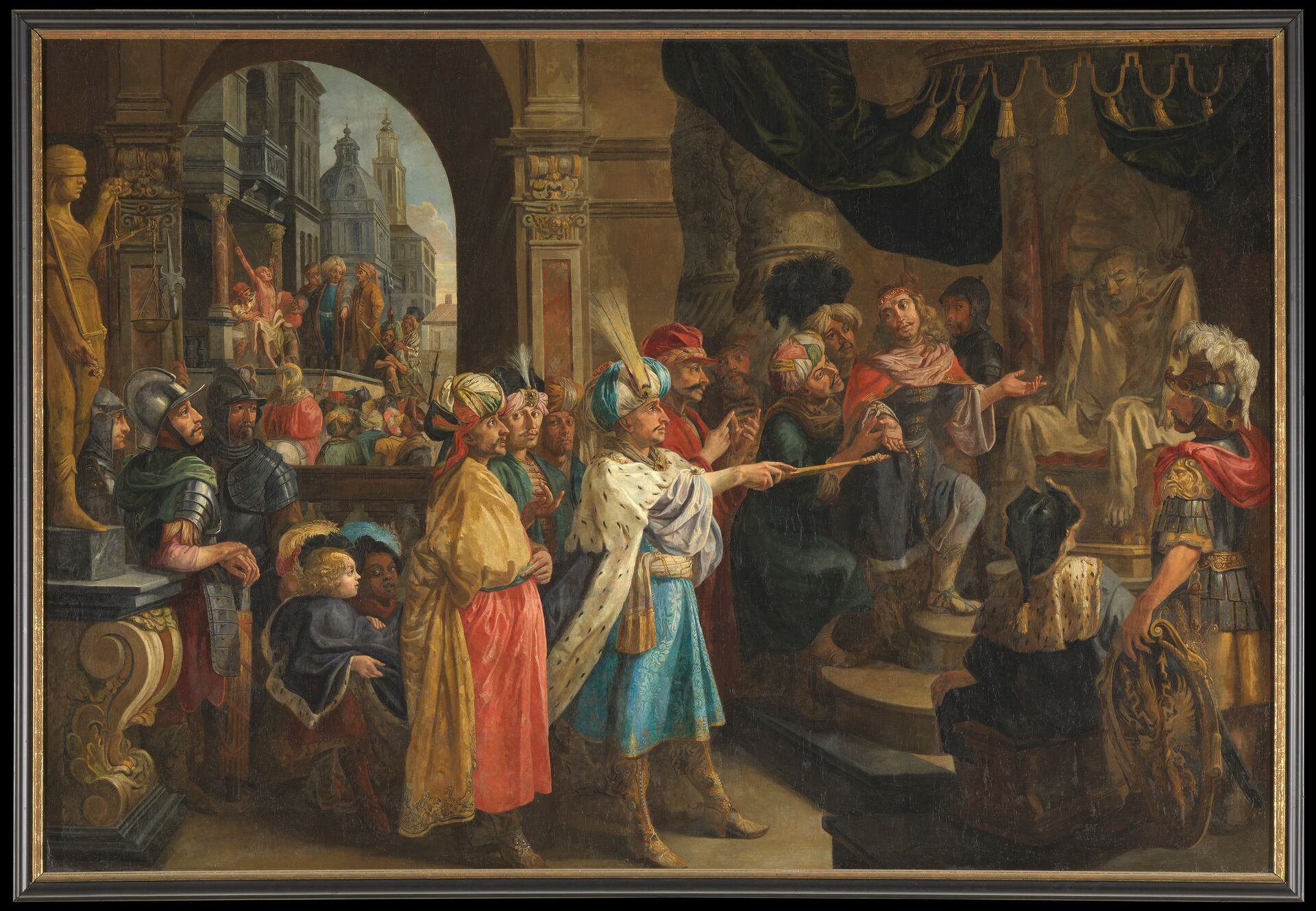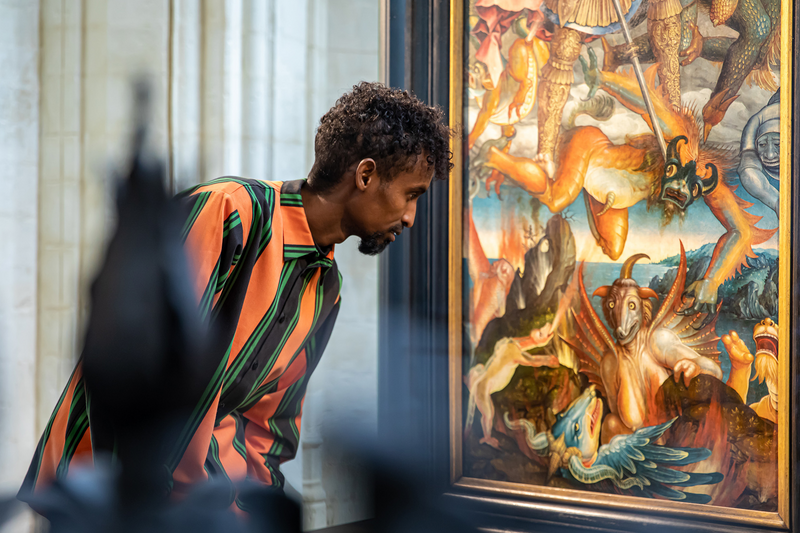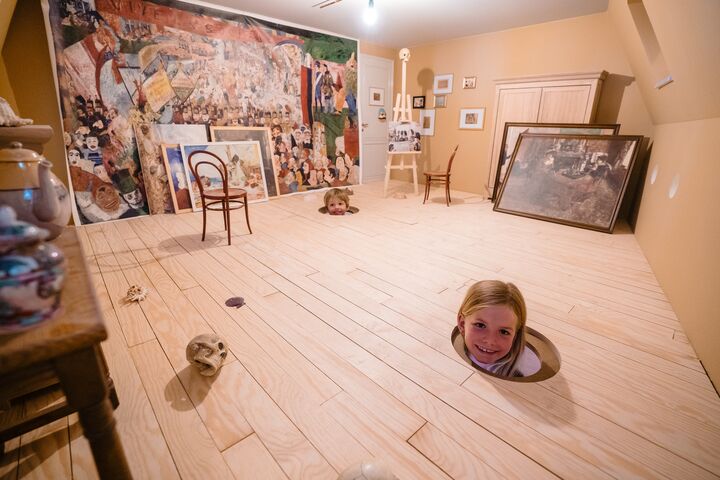Grootheden als Jan van Eyck, Pieter Bruegel de Oude, Peter Paul Rubens en hun tijdsgenoten verpersoonlijken Vlaanderens impact. Hun vakmanschap, creativiteit en innovaties maakten van Vlaanderen een van ’s werelds belangrijkste kunstregio’s. Na hen bouwden vele nieuwe generaties kunstenaars, zoals moderne meester James Ensor, voort op die fundamenten.
In Vlaanderen leer je die indrukwekkende artistieke erfenis kennen. Er zijn de musea nokvol meesterwerken, maar ook tal van kerken en kastelen, stadhuizen en abdijen, kapellen, kunstenaarswoningen en vele andere plekjes die de kunst huldigen. Dat maakt Vlaanderen als het ware tot één groot museum, met dank aan de Vlaamse Meesters.
Wie zijn de Vlaamse Meesters?
Bruegel, Brusselaar in Antwerpen
Pieter Bruegel woonde een tijdje in Antwerpen, maar was thuis in Brussel. Hij schilderde er zijn belangrijkste werken, zijn kinderen werden er geboren en hij blies er zijn laatste adem uit. Zijn twee thuishonken zijn de gedroomde plek om Bruegels genie te ontdekken.
Rubens, Antwerpenaar pur sang
Wie Rubens zegt, zegt Antwerpen. De barokpionier is één met de stad. Het Rubenshuis, de Onze-Lieve-Vrouwekathedraal, de Sint-Jacobskerk en het Koninklijk Museum voor Schone Kunsten (KMSKA) tonen, in zijn thuisstad, een indrukwekkende collectie uit zijn oeuvre.
Van Eyck: verbonden met Gent, thuis in Brugge
De naam van Eyck is eeuwig met Gent verbonden, dankzij het Lam Gods. Dat meesterwerk prijkt nog steeds in de Sint-Baafskathedraal. Al had van Eyck ook een band met Brugge, waar hij het grootste deel van zijn leven woonde. Het Groeningemuseum brengt hem een eerbetoon, terwijl je ook in Antwerpen enkele van zijn schilderijen vindt.
Ensor, via Oostende Vlaanderen rond
James Ensor was thuis in Oostende en is dat nog steeds. In de Koningin der Badsteden vind je het Ensorhuis en het Mu.ZEE, die een blik werpen op zijn leven en werk, in het Antwerpse KMSKA vind je ‘s werelds grootste Ensor-collectie.
Dieric Bouts. Wereldschilder, thuis in Leuven
Dieric Bouts, schilder van wereldformaat en artistiek icoon van Leuven. Je vindt het oeuvre van deze Vlaamse Primitief in de belangrijkste musea ter wereld, maar enkel in Leuven is hij eeuwig thuis. In de Sint-Pieterskerk en in M Leuven treed je in zijn voetsporen.



